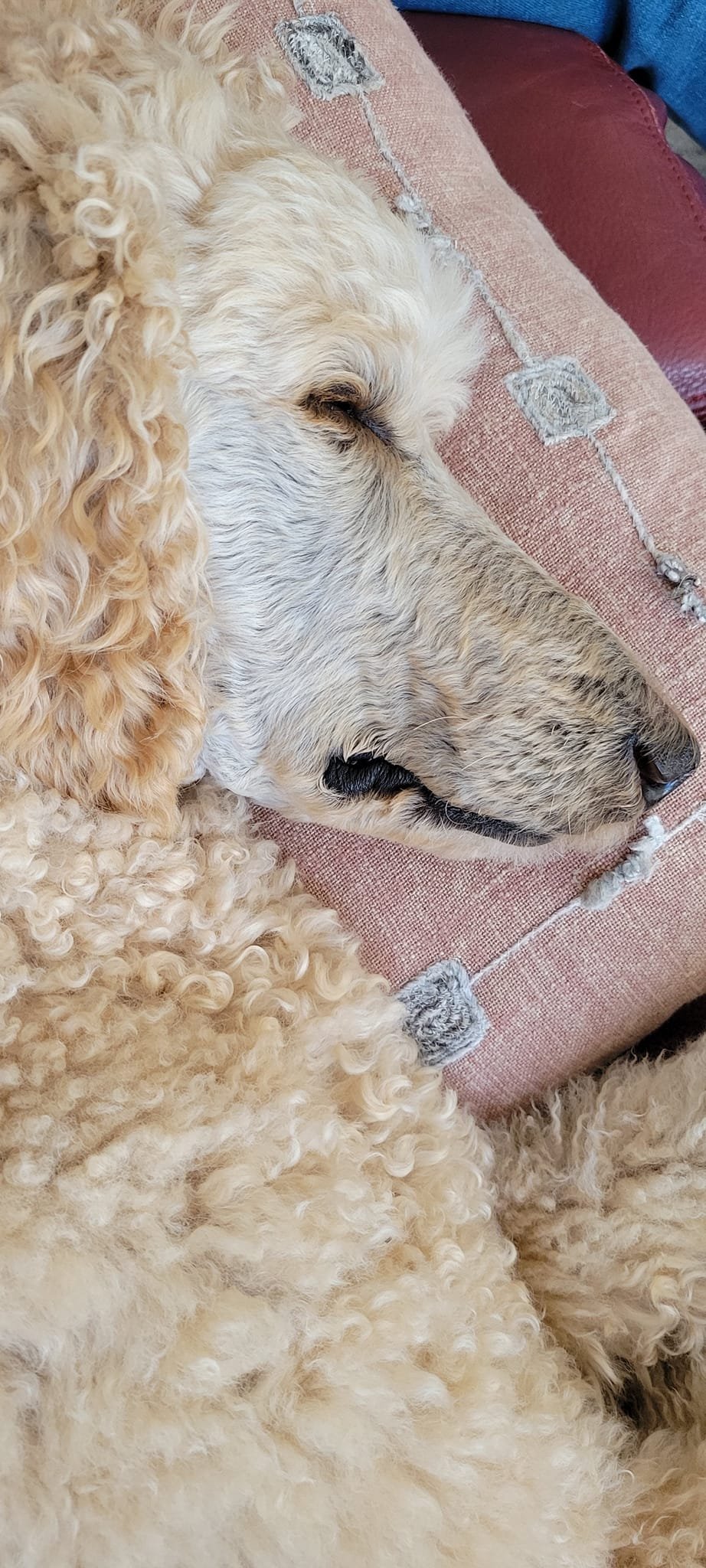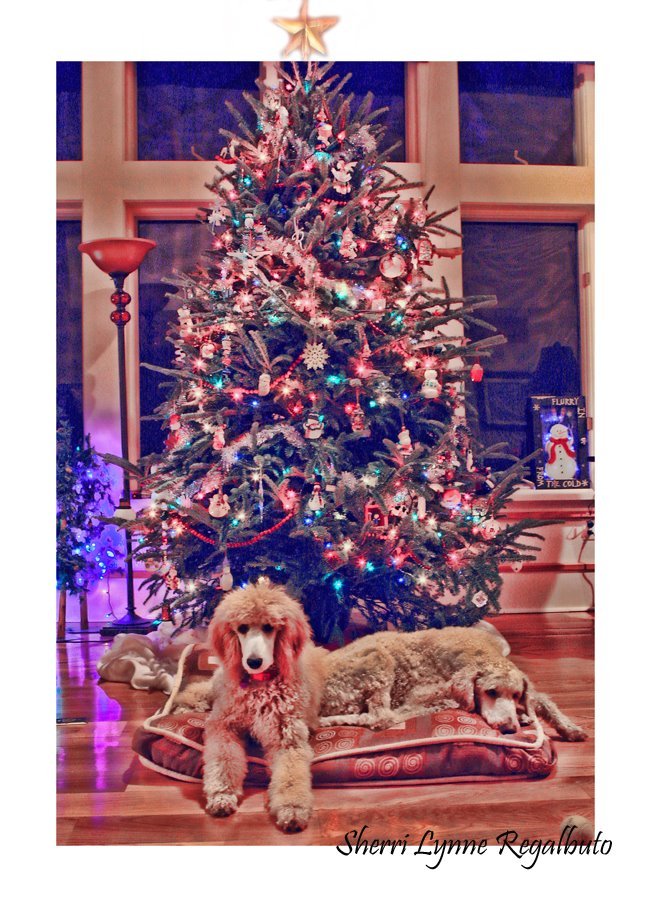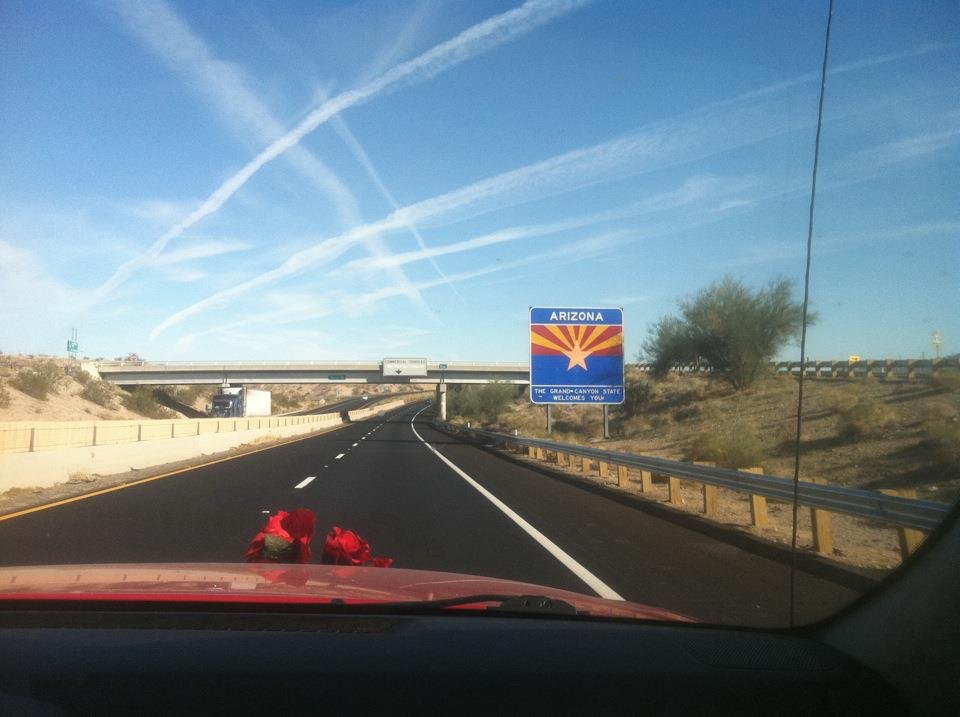Napping by my side, ear all better.
Okay, this is for those of you folks who live with a fuzzy eared dog. Dogs who need ear plucking has gone up exponentially in the last several years due to all the doodles being added to families.
First, I am going to state that I am a minimalist in the ear plucking department. I believe that far too many dogs have their ears stripped clean by a groomer which in turn opens them up for pain and infection. A little goes a long way when speaking of ear plucking.
Last night my husband and I were binging on Amazon Primes “Goliath.” As we were coming to the end of the third episode…Elsa hopped up on the couch with one ear hanging down. This got my attention immediately as it can mean a sore ear. Then the flapping started as we tried to hold her, stopping her from flapping her ears. She recently had a hematoma that is almost completely healed so we didn’t want a flare up again.
Because of her hematoma I haven’t been able to do any ear plucking on her lately. Plucking always causes some ear flapping which we were trying to avoid. So when she started last night with the flapping and drastic ear drop on her left side I immediately thought there might be some hair down there that needed to come out. Not all ear shaking or dropped ears mean infection; it can simply be that there are hairs that are down inside the ear and are irritating.
I got all my ear plucking stuff out; with flashlight in hand I had a look. Everything looked good, no puffiness, no redness…but there were hairs. Elsa has always had some hairs that grow very long and down into her ear. I believe these irritate and tickle so much that it really bothers her. Like I said, I am a minimalist plucker, which means I only take out a bit of hair at a time. Only enough hair is removed to allow a good amount of air flow in and keep the ears healthy.
After pulling some of the really fluffy stuff that inhibits seeing down into her ear, I grasped a couple that were headed down into the ear canal. I can always tell when I’m on the right path when she seems immediately relieved by her low level moaning as the hair comes out. That’s the spot, so I pulled out a few more. With coconut oil on a cotton swab I wiped out her ear while trying to coax any other rogue hairs to head to the light and not head down into the ear.
There are three approaches on ears and plucking -
don’t do any,
pluck them clean,
only pluck as required.
I am in the “only pluck as required” to allow enough air flow in to keep the ear healthy. That said each and every dog is different. Some never need plucking, maybe a little here or there, some need more attention and some need more attention more often. All dogs are different and that means their ears as well. Like I said, Elsa has always had an issue with random hairs growing down into her ear. These become long and irritating to her so they are removed. I have seen some dog’s ears that needed plucking and never got it. They suffered ear infections and a great deal of pain from having mounds of hair built up in their ears.
If you send your dog to a groomer, ask them not to pluck your dog’s ears clean. It is an old school method of doing the ears plucked clean at every grooming. This regularly causes ear infections and a great deal of pain for your dog. There is absolutely no reason to pluck a dog’s ears clean and bald, it is not necessary. All that needs to be taken out is enough to allow free air flow in. This can also be assisted by shaving the inside of the dog’s ear flap; allowing more air to pass under the flap and into the ear. .
This is yet another reason why learning to groom at home is a great idea. It gives you the chance to get to know your dog better physically and deal with issues like this one that arose with Elsa. No infection, no Vet visit, just a few stray angry hairs that needed to be plucked from her ear.
Don’t be afraid to grab a flashlight and have a look see.
Want to learn to groom your poodle or doodle? Check out my available course below.































